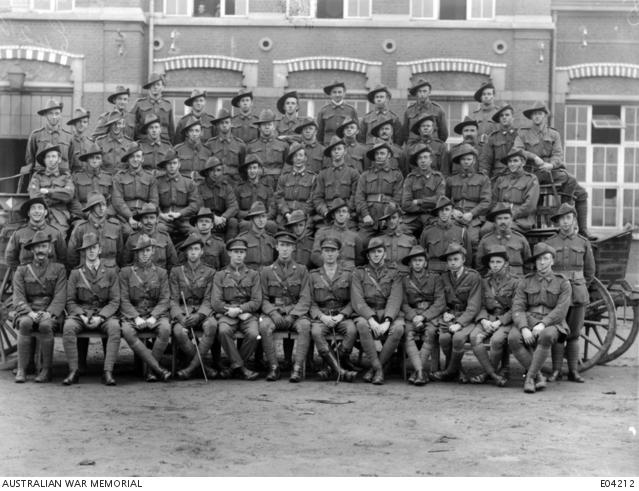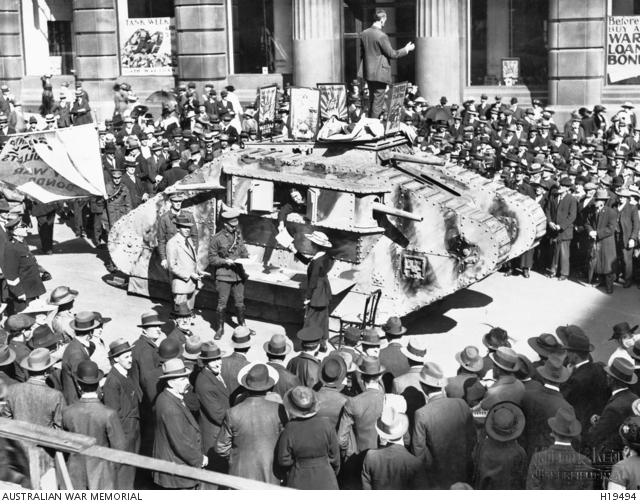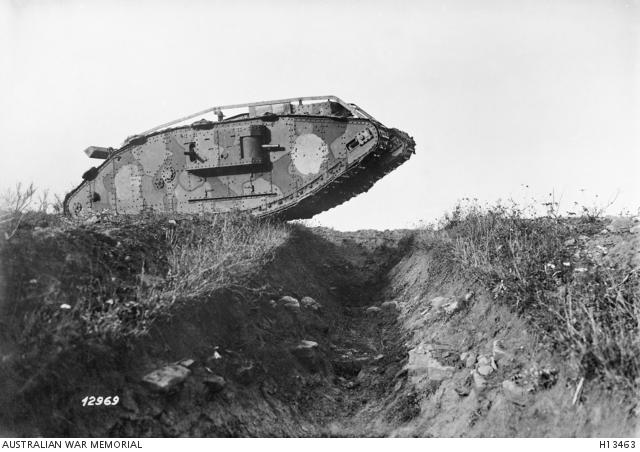Mephisto: classroom learning resource
Mephisto is the only surviving German tank from the First World War. It was captured by the 26th Battalion, Australian Imperial Force (AIF), at Monument Wood near Villers-Bretonneux, France, on 14 July 1918.
Read more about Mephisto here (/mephisto) and discuss the following questions.
What sorts of tanks did the Germans develop during the First World War?
What were conditions like for the crew of Mephisto?
In which operations was Mephisto involved?
How was Mephisto captured and retrieved? For a more detailed answer follow this link: http://nla.gov.au/nla.news-article183491608.
What were some of the difficulties allied soldiers encountered when they retrieved the tank? Use these links to help you:
http://nla.gov.au/nla.news-article183491608
http://nla.gov.au/nla.news-article20368244
Mephisto (or Mephistopheles) is a legendary Faustian demon of German literary tradition. When the tank was captured the Australians found that the Germans had painted this demon on its side:
The name "Mephisto" was painted upon it, and the bow was adorned with a symbolical representation of his Satanic Majesty, clutching the British tank under his arm.
-
Draw a cartoon showing what this painting might have looked like.
-
Why do you think the Germans might have painted a red, smiling demon clutching a British tank under his arm on the outside of the tank?
Other drawings and marks were made on Mephisto after it was captured. Look at the image below.
-
Why do you think a member of the 26th Battalion painted a British lion with his paw on a German tank on the exterior of Mephisto after it was captured?
In the years after the First World War all the remaining German tanks were scrapped – except for Mephisto.
-
What did the men of the 26th Battalion want to happen to the tank? Use these links to help you:
-
Why is Mephisto called the "rarest tank in the world"?
Case study: James Robinson
In the years after the First World War all the remaining German tanks were scrapped – except for Mephisto.
What did the men of the 26th Battalion want to happen to the tank? Use these links to help you:
http://nla.gov.au/nla.news-article183491608
http://http://nla.gov.au/nla.news-article20368244
Why is Mephisto called the "rarest tank in the world"?



[1] "Mephisto",The Brisbane Courier, 12 June 1919, p. 7: http://nla.gov.au/nla.news-article20368244.

